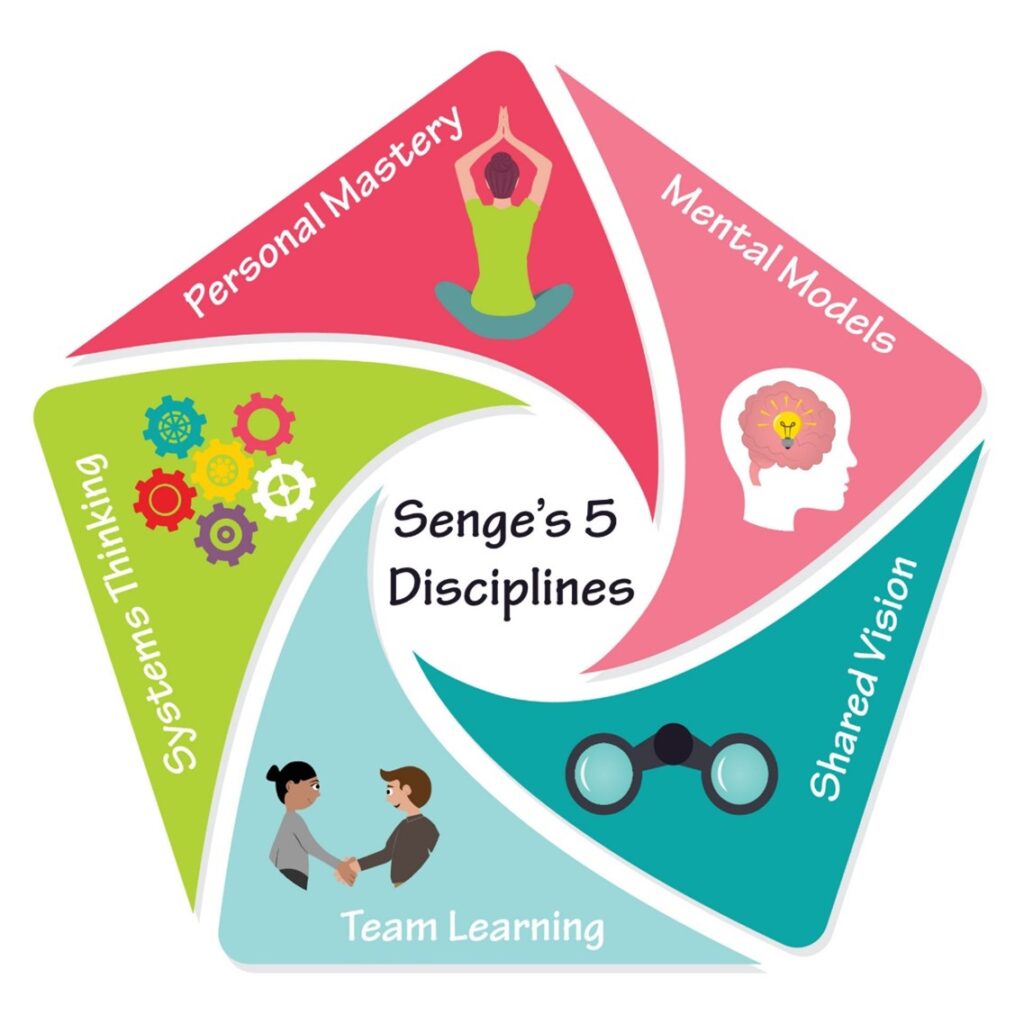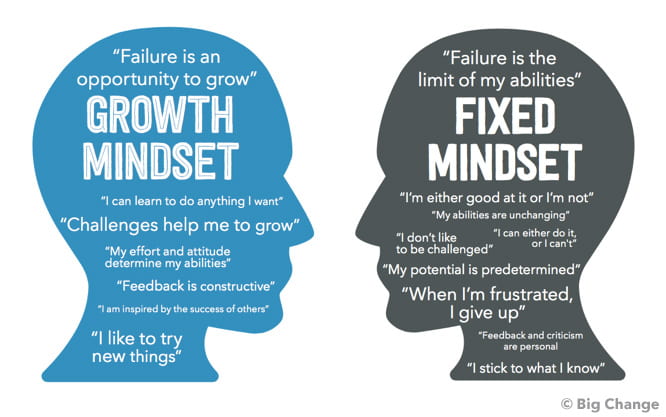Organizational Culture

Culture is the air we breathe. It has an intangible presence but palpable results. When the wind is at your back, the water is calm. Everything becomes more challenging when the wind is blowing against you. Changing an organization’s culture can be the most challenging component of making your nonprofit more flexible and creative. Innovation necessitates altered habits from management and staff, which runs counter to the traditional values of corporations that prize efficiency and precision in business operations.
A Learning Organization

A learning organization is adept in knowledge creation, acquisition, transfer, and adapting its practices to take advantage of new information. A system-thinking paradigm, in which enterprises are analyzed as bound objects within more minor, complicated systems, served as the inspiration for the concept of a learning organization. When evaluating their performance and progress, learning organizations employ systems thinking because it helps them see and measure the interconnectedness of the many moving parts that make up their operations.
The importance of this concept’s adoption by nonprofit organizations has grown exponentially in the decades following its inception. A nonprofit that places a premium on education, development, and new ideas is now considered a “learning organization.” These organizations foster an environment where employees are encouraged to expand their knowledge, acquire new abilities, and think beyond the box. They foster communities where individuals feel safe voicing their curiosity, originality, and diversity of opinion.
It takes more than a declaration of intent to learn to establish this learning culture. To ensure the learning culture is compounded and strengthened when accepted by leadership, within teams, and at the individual level, a comprehensive strategy and the dedication of team members at all levels of the organization are necessary.
Building a flexible, agile organization that can respond rapidly to shifts in the environment is to build new competencies within the organization. When it comes to guiding business strategy and keeping a nonprofit organization competitive, learning is more important than outcomes. Simply put, it has to be done. When workers recognize that their employers care about them, they respond positively. This means a deeper level of dedication and interest. Being a mature, learning organization is a process that takes time and effort.
8 Steps to Changing Organizational Culture

Encourage a Growth Mindset
A growth mindset is to feel that one’s present features or abilities do not constrain one’s potential. They can change for the better by studying and developing their skills—an integral part of every successful learning organization. The growth mindset requires workers to read, participate in active learning, perform simulated roles, and critically evaluate their own learning. Aligning priorities and values is the first step in transforming an organization’s culture from compliance to greatness. This shift requires a culture that actively involves people, promotes teamwork, and encourages innovation.
Though it’s a lengthy process, encouraging a growth mindset within a nonprofit organization can have far-reaching, positive effects. Of course, just talking about the benefits of adopting a growth mindset in the office isn’t enough to make it happen. Instead, nonprofit organizations should implement measures to inspire their staff to learn new things, try new things, and push themselves beyond their comfort zones.

Set Clear Priorities
Prioritizing a program requires a firm grasp of ordinal numbers. Too many organizations make the mistake of making their most crucial goal their number one priority. Rather than focusing on a single overarching objective, companies would do well to pursue three related but distinct aims instead. To do this, you must take a hard look at your strategic priorities and narrow them down to just a few. The fewer there are, the simpler it is for everyone to grasp and the simpler it is for top-level managers to relay information across the entire organization. As a bonus, having a concise list of priorities helps staff concentrate without being overwhelmed. The well-being of the families and children they serve is always the first focus for charitable organizations.

Be Compassionate
All client care and development must occur inside a regulatory framework, whether federal, state, or funder-specific, to ensure the best possible outcomes. Beyond regulatory frameworks, organizations can operate with empathy and trust.
Dr. Stephen Trezciak and Anthony Mazzarelli document how compassion in health care is perhaps the central factor in patient outcomes. Health care professions, from doctors to paraprofessionals, who practice compassion have healthier patients, are more satisfied with their work, and incur greater fiscal benefits for their organizations. As Dr. Berwick says, “Compassionomics provides the evidence that one simple tool, compassion, can affect not only the outcomes for our patients, but also the financial health of our organizations and the well-being of our providers.”
 .
.

Reduce Organizational Drag
Most nonprofit organizations are in the business of creating change and organizations and the people who run them believe that change occurs when people become convinced of the benefit of a new idea. There is an assumption that if we add enough value, people will eventually say “yes.” This reflex leads us down a path of adding features and benefits to our ideas or increasing the sizzle of our messaging. This is a “fuel-based” mindset.
By focusing on fuel, nonprofit organizations neglect the other half of the equation – the psychological frictions that oppose change. Frictions create drag against change. Overcoming friction is essential for new ideas.
An unnecessary amount of time and effort is required due to organizational drag in situations where neither of those things should be the case. It can potentially turn a formerly successful organization into one that is barely getting by. And if it goes unchecked, it can ruin a lot of progress. Put another way; organizational drag decreases an organization’s efficiency and productivity. Organizational drag can adversely influence a business’s bottom line because efficiency and output are essential to making money.
There are other, more palpable effects of organizational drag. Organizational drag leads to errors in planning that, in the short term, add extra time and money to a project. Delays and cost overruns hinder organizations and the ability to respond quickly to new opportunities. Employees’ ability to innovate and perform deep work is hampered by persistent drag, affecting a team’s professional balance and even leading to employee turnover if left unchecked.
It is not enough to provide impetus for change, organizations must lower the cost and barriers to such change. Organizations need to reduce the drag caused by ineffective processes.

Align Compensation with Organization Values
A person’s compensation is based on how successfully they meet the expectations of their employer, which can be determined by their competence, loyalty, collaboration level, or other factors. Theoretically, the system also assesses how well an employee’s actions mesh with the company’s culture, which may be defined as the norms, assumptions, and norms that form the basis of an organization’s particular social and psychological climate. Employees are highly expected to be rewarded for upholding the company’s core values. When the “reward system” (pay) doesn’t align with the expectations of the company’s culture, they may get disillusioned.
Employees are reminded that the company’s culture serves as a standard by which they should conduct themselves. Alternatively, compensation determines whether actions or beliefs are rewarded inside an organization. Misalignment between these two causes confusion among workers as to whether cooperation or rivalry is more important.

Develop Supportive Leaders
Being helpful isn’t one of the first qualities that come to mind when thinking about leadership. However, this method of management is rapidly gaining popularity. Good leaders should provide more than simply assignments. They are genuine and empathetic toward their coworkers. A supportive leader instills confidence and motivation in their followers and aids them in overcoming obstacles. Leaders who wish to be more encouraging should emphasize teamwork, focus on member relationships, and demonstrate loyalty.
In general, visible leaders have qualities that are easy to see. Self-awareness and reflective action are also prerequisites for development. It requires a lot of effort, but the payoff is substantial. Leaders that aren’t afraid to put themselves out there inspire confidence in their team. They encourage self-sufficiency, group initiative, and morale and improve workers’ overall quality of life. All of this occurs directly because you are a visible leader and readily accessible to your staff when they have questions or concerns.

Measure What Matters
Everything that can be measured can be managed and enhanced. This emphasizes the significance of narrowing one’s focus to the matters that truly matter. For our employees and the organization to succeed, we need to measure and track performance indicators that matter. Each measure chosen should contribute to a chain of effects that impact the organization’s growth and prospects. If we do them right, our relevant performance measures may boost team output, energize individuals, unite the group, and enable us to monitor our progress.

Strive for Continous Improvement
A continuous performance review aims to verify and provide feedback on an employee’s work performance regularly. It prevents the formation of policies that aren’t needed while simultaneously providing valuable, real-time input to the workforce. The workers may now evaluate their situation more accurately and pursue fruitful avenues for upgrading their skill sets. This type of assessment eliminates the need for the organization to wait for an extended time frame before receiving information regarding an employee’s performance. Regular evaluations and opportunities for skill development help workers stay productive and competitive. Employee morale and retention can both benefit from consistent feedback. Above all else, the worker and the organization have reached their maximum level of productivity.
